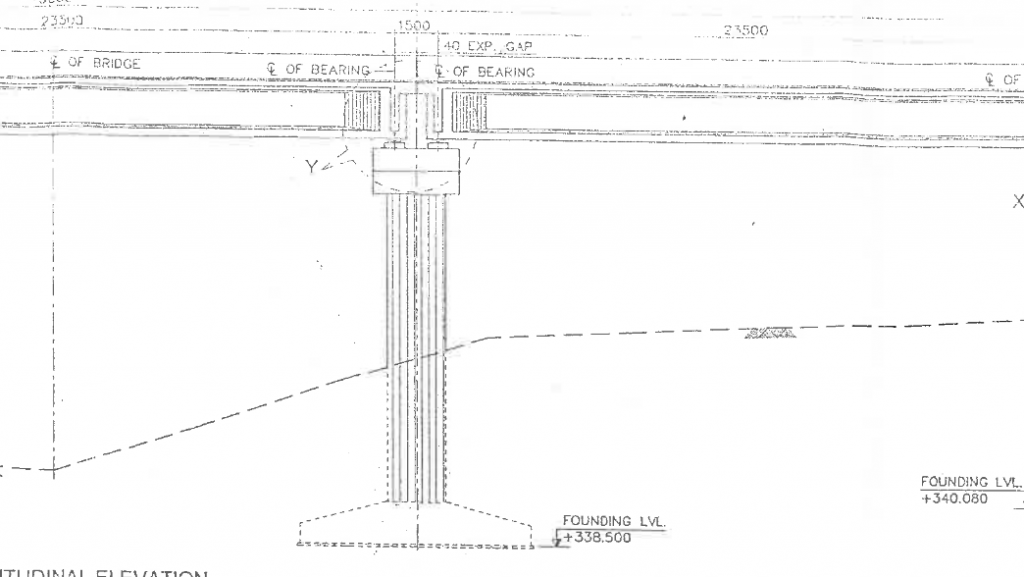Sam Dolgoff in a very important article The Relevance of Anarchism to Modern Society wrote that “[t]he progress of the new society will depend greatly upon the extent to which its self-governing units will be able to speed up direct communication — to understand each other’s problems and better coordinate activities.” That this is the case is illustrated by the application of Enterprise resource planning software at workers’ owned manufacturing plants:
“[T]his proved to be an effective communication strategy for the 100% employee-owned company, which relied heavily on teamwork and collaboration as part of its company culture.
Abbate is excited to see how streamlined, digital communication is being embraced by employees. For example, he tells the story of how an employee who did not want a computer on the shop floor is now providing constructive feedback on jobs using the digital information he now has at hand.
“The ERP system is a point of engagement on the shop floor — people are now talking the same language that we’ve been talking in the production meetings and scheduling. Our new communication system gives more opportunity to provide feedback.”
[T]he ultimate goal in streamlining communication was to provide transparent information to everybody.”
In the construction industry, Building Information Modeling (BIM) softwares have the potential for achieving the same goals. BIM software can design the works project, estimate the material required, store scheduling data, maintain inventory based on this data, and can be changed in real-time over the lifecycle of the project. Providing workers on-site with all the information needed for the day-to-day tasks and updating the project based on site activities.
On the other hand, new AI-based Optioneering programs allow the generation of multiple options for a project based on the needs. If a community requires ground connectivity from A to B within a city these programs can generate several options based on the geological and geographic data and the social and environmental decision-making criteria we input. Some projects might have smaller embodied carbon, while others might displace the least amount of informal settlements, while the third might just be the easiest and most profitable for the contractors. If the communities are allowed to become part of the options process and based on informed judgment in deciding the criteria for project selection then this technology has the potential for a genuine democratization of the construction industry. As mentioned in a previous post the pre-tender planning process is very crucial for the future of sustainable infrastructures. cities and life on the planet.

